What are graphene solar panels? Scientists and engineers are gazing towards graphene’s extraordinary capabilities, looking for cleaner and more efficient energy sources. This two-dimensional wonder material, composed of a single layer of carbon atoms, has emerged as a beacon of innovation, promising to revolutionize the landscape of solar energy. As we dig into the intricate world of them, we uncover a realm of possibilities that amplify the efficiency of harnessing sunlight and transform the fabric of how we envision and integrate solar power.
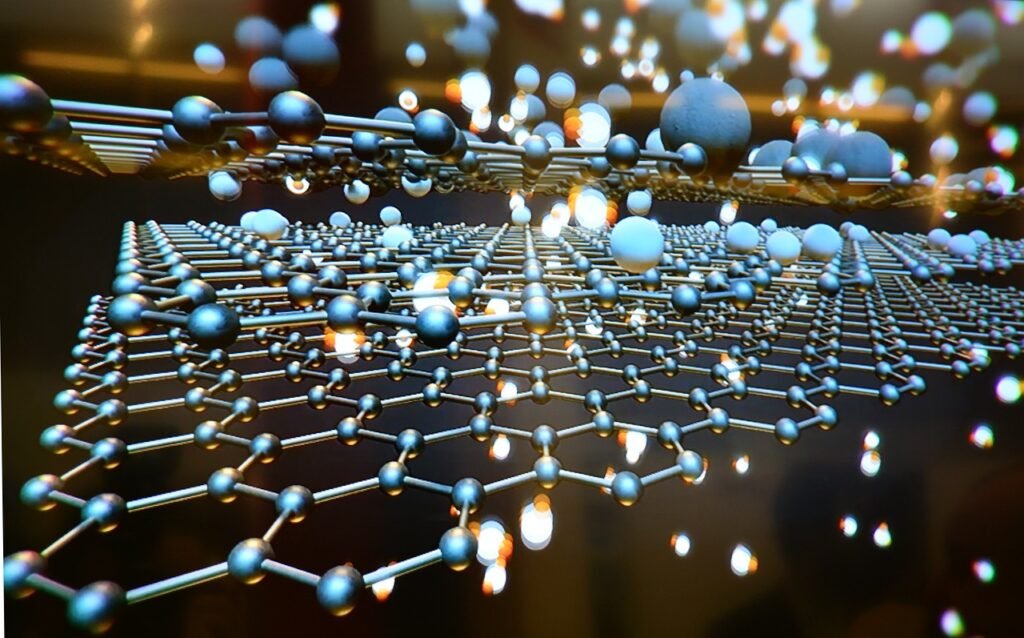
What is Graphene?
Graphene, a single layer of carbon atoms arranged in a hexagonal lattice, is a material that has been capturing the imagination of scientists and engineers alike since its discovery. This two-dimensional wonder material has applications in various industries because of its remarkable strength, electrical conductivity, and flexibility. One particularly promising avenue is its use in revolutionizing solar panels.
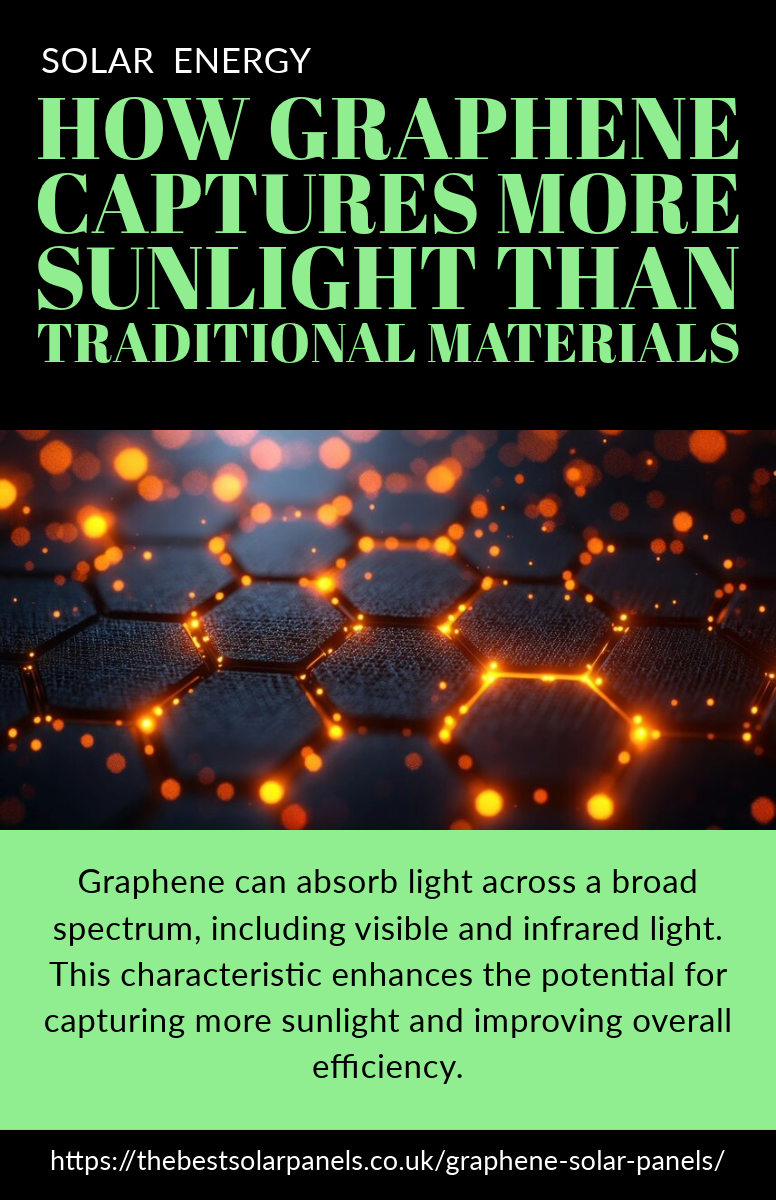
The Use of Graphene in Solar Panels
Traditionally, solar panels have relied on materials like silicon to convert sunlight into electricity. However, the incorporation of graphene into solar panel technology is changing the game. The unique properties of graphene make it an ideal candidate for enhancing the efficiency and durability of solar panels.
Graphene’s high electrical conductivity allows for better electron mobility within the solar cell, facilitating a more efficient conversion of sunlight into electrical energy. Its thin and flexible nature also offers the potential to create lightweight and flexible solar panels, opening up new possibilities for integration into various surfaces and structures.
Advantages and disadvantages of Graphene Solar Panels
Pros
Cons
Advantages explained
- High Electrical Conductivity: Graphene is an excellent conductor of electricity, allowing for efficient electron transport within the solar panel. This can lead to higher energy conversion efficiencies.
- Flexibility: It’s flexible and can be incorporated into flexible or even transparent solar panels. This feature opens up possibilities for diverse applications, such as integrating solar panels into windows or curved surfaces.
- Lightweight: Graphene is a lightweight material, which makes graphene solar panels easy to transport, install, and handle compared to traditional solar panels.
- Fast Electron Mobility: Electrons move quickly through graphene, leading to faster electrical response times. This can contribute to better performance, especially in low-light conditions.
- Transparency: Depending on the specific design, graphene solar panels can be made transparent, allowing them to be integrated into various surfaces without obstructing the view.
- Broad Spectrum Absorption: Graphene can absorb light across a broad spectrum, including visible and infrared light. This characteristic enhances the potential for capturing more sunlight and improving overall efficiency.
Disadvantages explained
- Cost: Currently, the production of high-quality graphene can be expensive. This cost factor may limit the widespread adoption of graphene solar panels until more cost-effective manufacturing methods are developed.
- Production Challenges: Large-scale production of high-quality graphene can be challenging. Consistent and scalable methods for producing graphene sheets with desired properties are still under development.
- Limited Commercial Availability: They aren’t widely available in the commercial market. The technology is still in the research and development phase, and commercialization may take time.
- Environmental Impact of Production: The production of graphene involves various chemical processes, and the environmental impact of these processes needs to be considered. Sustainable and eco-friendly production methods are essential for the long-term viability of graphene solar panels.
- Durability: The long-term durability of this type of solar panels is still being studied. It’s crucial to ensure that these panels can withstand environmental conditions, temperature variations, and other factors over an extended period.
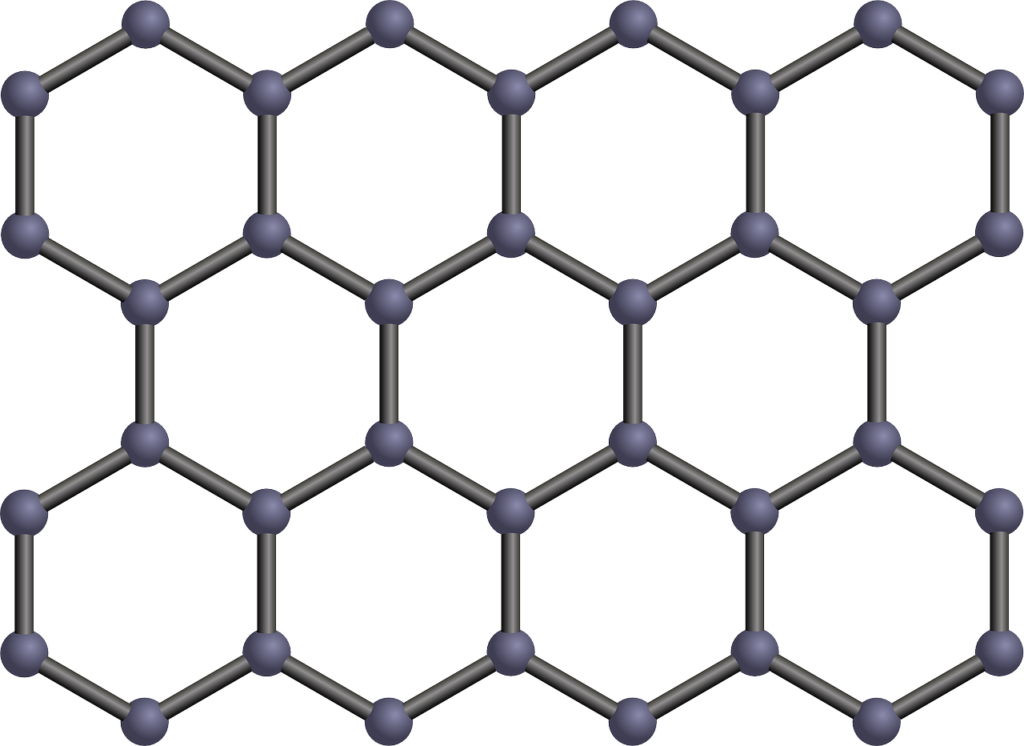
Experiences Using Graphene in Solar Panels
Several research and development initiatives have explored the integration of this material into solar panels, with promising results. Laboratories and companies worldwide are actively testing prototypes and scaling up production.
One notable example is the use of graphene-based perovskite solar cells. Researchers have combined graphene with perovskite materials, achieving higher power conversion efficiencies than traditional silicon-based solar cells. These advancements indicate a bright future for graphene in the solar industry.
As the technology matures, we can anticipate a broader adoption of graphene in solar panels, leading to more sustainable and efficient solar energy solutions.
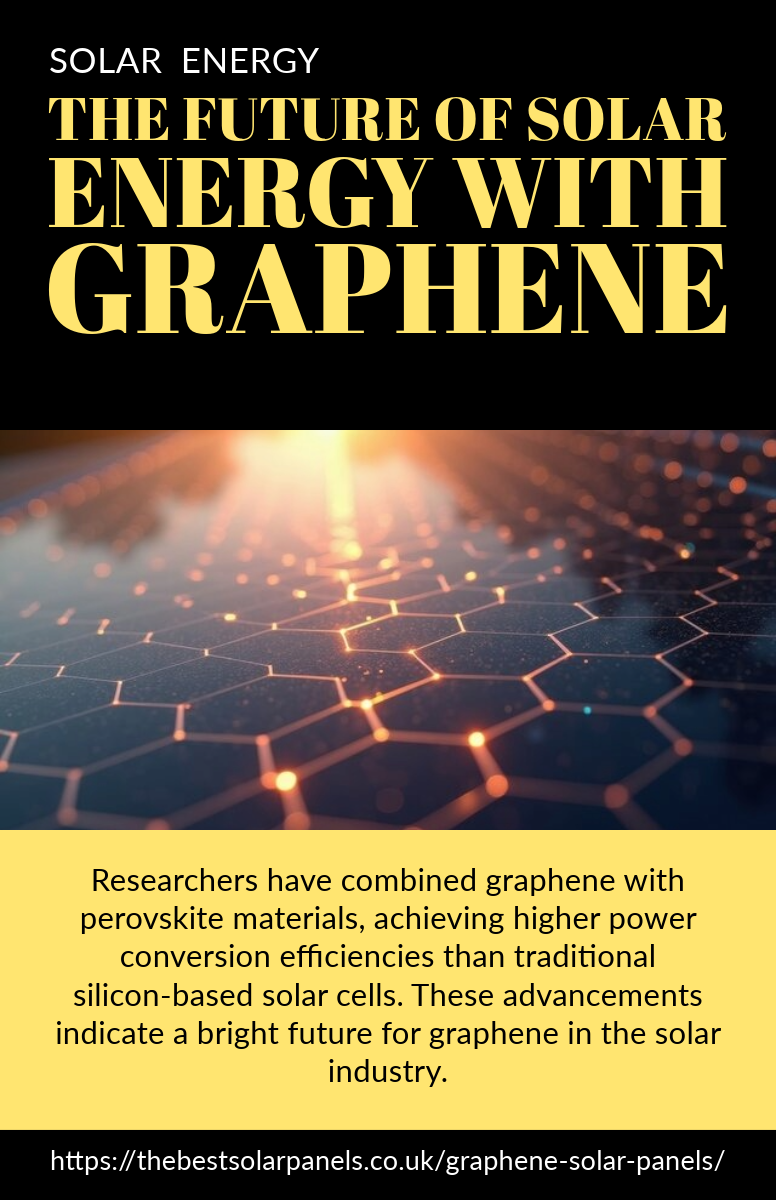
Conclusion
Graphene’s remarkable properties make it a game-changer in solar power. From enhancing efficiency to enabling flexibility and durability, graphene is poised to redefine the landscape of solar panel technology. As research continues and commercial applications expand, the integration of graphene into solar panels holds the promise of a more sustainable and energy-efficient future.



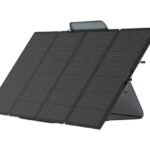
Leave a Reply